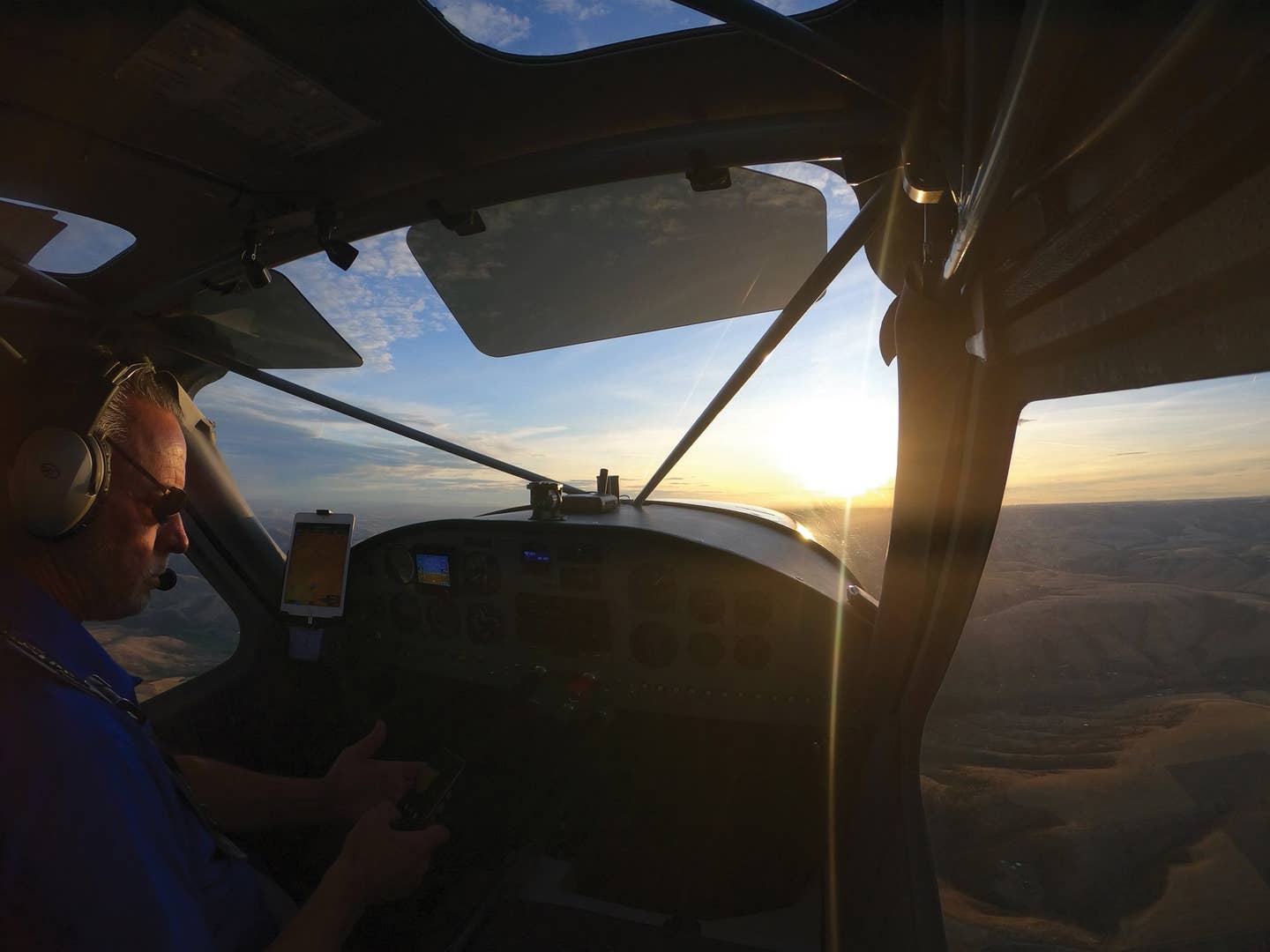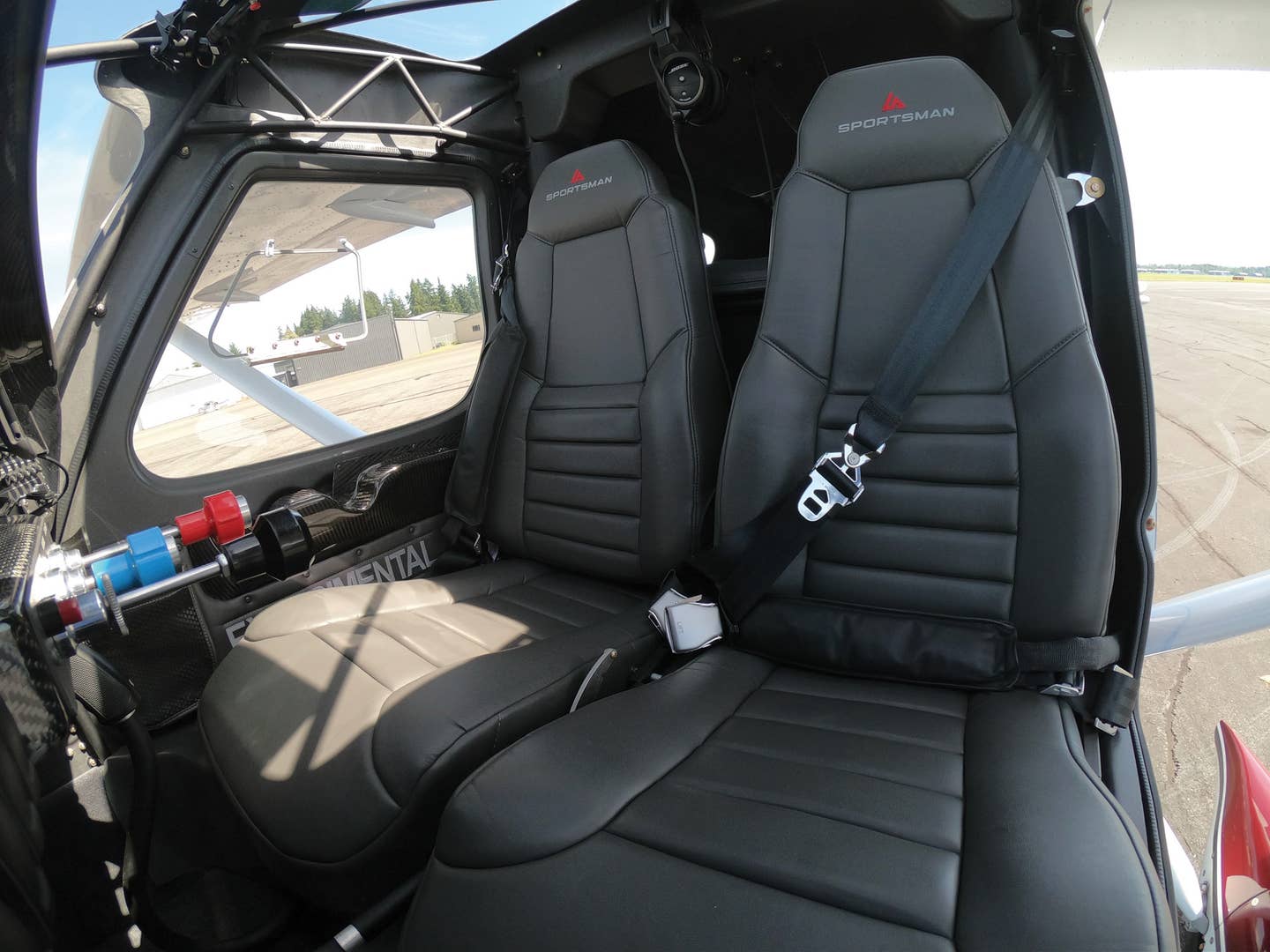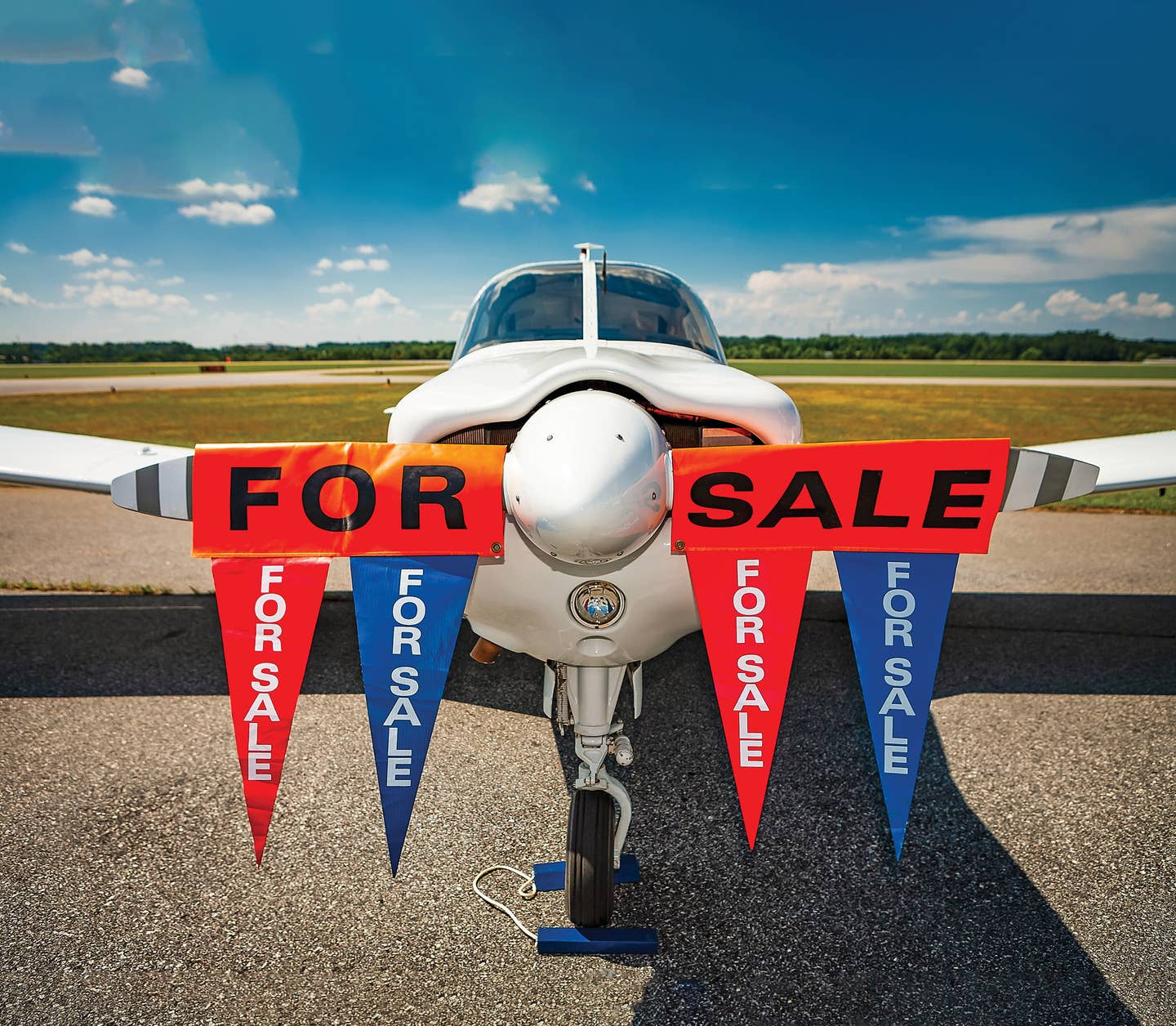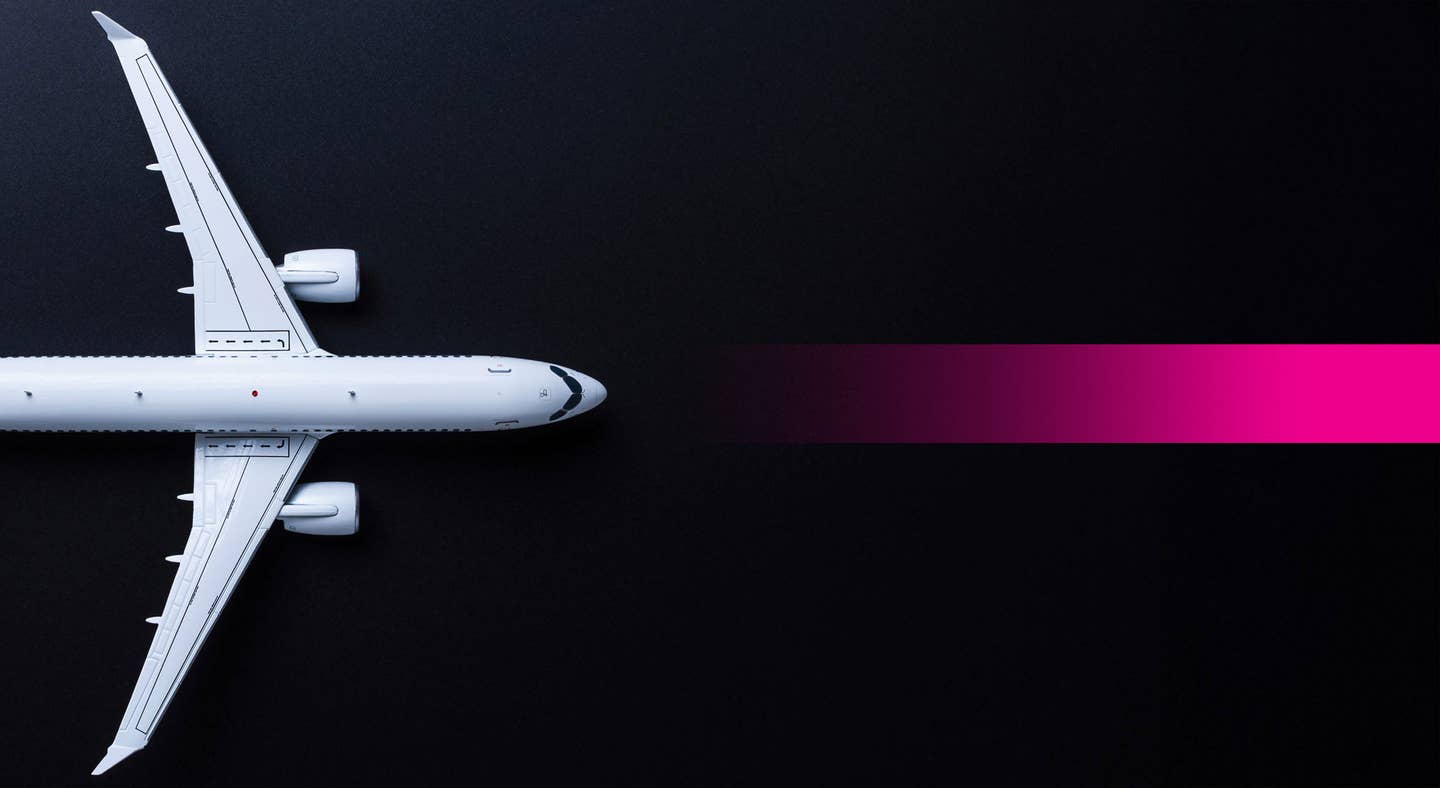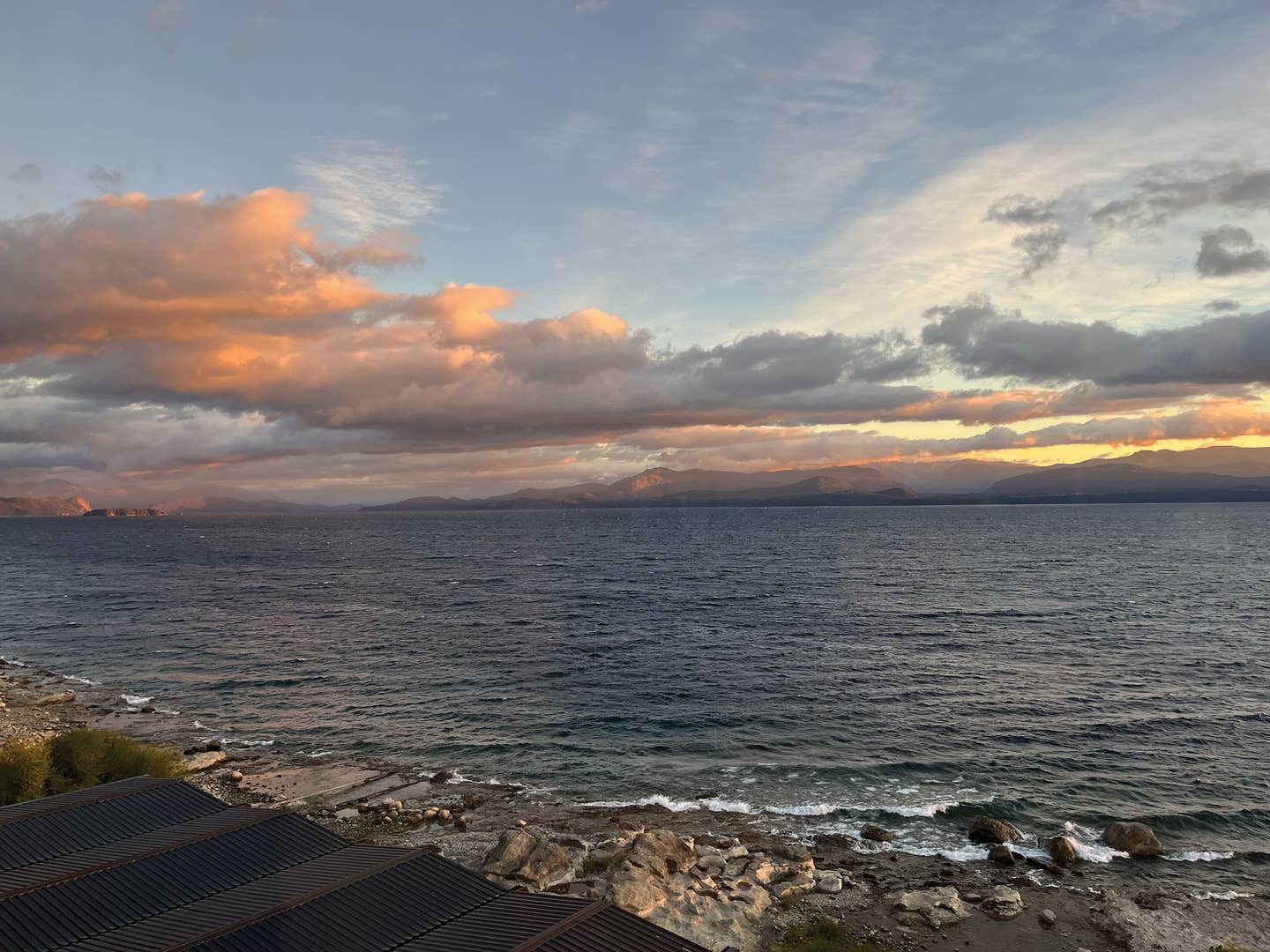
 Cessna Corvalis |
Four-seat airplanes have always been the most popular configuration in general aviation. Regardless of the number of engines or the wing location, a quad of seats guarantees any model will receive a second look by the majority of production aircraft buyers.
For this analysis, we divided our survey into three groups: fixed gear, retractables and twin models. Predictably, the fixed-gear four-seaters outnumber twins and retractables combined. The former are the simplest to build, the most economical to buy, the easiest to fly and, by far, the most popular with the pilot public. Never mind the number of pilots who could make do with two seats but buy four because...well, just because.
In total, we wound up with 20 airplanes in our four-seat survey. Contrary to those who insist that general aviation technology is mired in the past and that the glass is half empty, many of these airplanes have been built since 1990. Only one is brand-new, however---the Tecnam P2006T twin, introduced two years ago at Oshkosh AirVenture.
Fixed Gear
Cessna 172S
A reliable stalwart for over a half century, the Skyhawk has been used for everything from flight instruction and general rental to family transport. The airplane will carry four people---sort of---assuming they're reasonably compact and not too heavy. Skyhawks are almost universally the industry's most popular rental, a favorite instrument trainer and a good family airplane for young families. The traditional 160 hp 172R was discontinued two years ago, but the surviving "S" version features 180 hp, providing a little more climb and another knot of speed in exchange for another gallon of fuel per hour. Base Price: $301,500.
 Cessna 182 |
Cessna 182
The basic Skylane is still one of the strongest modes of transport for a full string quartet, even if it won't carry their instruments or full fuel in the process. That wasn't always the case. Earlier Skylanes were lighter and therefore better weight lifters, but all of the type are regarded as great, jack-of-all-trades airplanes, capable of good short-field numbers, reasonable climb and acceptable cruise speeds. They're also considered tough birds for the boondocks. In tailwheel form, the predecessor Cessna 180/Cessna 185 are still among the most popular airplanes in the bush, and the Skylane isn't far removed from those durable bush birds. Base Price: $390,300.
 Cessna 172 |
Cessna 182T
If standing on tradition really means watching everyone else pass you by, you would never know it flying a Turbo Skylane. Add turbocharging to every pilot's buddy, the Skylane, and you wind up with what may arguably be one of the most talented single-engine load lifters in the industry. The Turbo Skylane combines the standard 182's impressive utility with the talent of turbocharging, opening up the middle sky---from 10,000 to 20,000 feet---to Skylane pilots. If you need an airplane to match your mountains, the Turbo Skylane may be just the ticket. Base Price: $424,300.
 Cessna Corvalis TT |
Cessna Corvalis
Born as the Columbia 300, the Corvalis represents a major departure for Cessna. An original design by Lance Neibauer, it was the first all-composite and low-wing single ever offered by the Wichita company. Cessna acquired the Columbia line three years ago when Columbia went bankrupt. Cessna immediately sought approval for conversion from the Avidyne glass panel to the Garmin G1000, and today's airplanes are all-electric machines. As is practically everyone these days, the Corvalis models are currently fighting a market headwind, but that in no way diminishes their talents. Base Price: $533,400.
Cessna Corvalis TT
Again, a blower improves all aspects of performance, especially for pilots who need to fly high on a regular basis or leap out of tall airports. The Corvalis TT is unquestionably the fastest fixed-gear, production, piston airplane in the sky. The penalty for such brevity is a higher empty weight and slightly less payload, probably worth the price if terrain or weather forces you to fly tall on a regular basis. Base Price: $574,000.
 Piper Warrior |
Piper Warrior III
Piper's least expensive certified airplane is also its oldest. The PA-28-161 sprang from the Cherokee 160 and was essentially the same airplane with a semi-tapered wing. Like all Cherokees, the Warrior is a benign airplane, more forgiving than the Diocese of Las Vegas. Today, the Warrior continues in production as a competitor with Cessna's 172S, though production has slowed with the economy. Base Price: $290,000.
 Piper Archer |
Archer III
Archers are both durable and lovable, and perhaps best of all, you don't need to be a brain surgeon to fly one. The goal on the Warrior and Archer was simplicity, and that's the airplanes' major advantage over the rest of the world. A 180 hp Lycoming O-360 provides one of the most reliable engines in the business, and a fixed-pitch prop, strong hydraulic-damped gear and electric flaps make the Archer an extremely straightforward machine, a manifesto of moderation, well within the ability of any pilot who's simply awake. Base Price: $299,500.
Maule
In the hinterlands of southwest Georgia, little Maule Aircraft continues to pump out a steady stream of fabric-covered airplanes that do what they do better than practically anything else. Maule builds nosewheel and tailwheel variations of three basic models, the M7-260, M7-235B and MX7-180. See "Adventure Aircraft" on page 40 for more details on these aircraft.
 Diamond DA40 |
Diamond DA40 Star
Diamond's happy, four-seat Star has been exactly that since it was introduced in 2000. An all-composite four-seater with something few other airplanes can boast, a back door, the Star is remarkably efficient and comfortable. It flies with a central control stick rather than a yoke or side stick, and the result is roll and pitch response uncommon to the class. Additionally, 180 hp makes the Star nearly as fast as the retractable Piper Arrow. Base Price: $344,950.
 Cirrus SR20 |
Cirrus SR20
The entry-level Cirrus was the Brothers Klapmeier's first production airplane. Introduced at the turn of the century, the Cirrus SR20's Avidyne MFD effectively short-stopped the first major criticism of general aviation, "Yeah, but what happens if I get lost?" and the ballistic, full-airplane parachute system addressed the other big question, "What do you do if the engine quits?" Add doors on each side and a large cabin, and you begin to understand the type's popularity. Base Price: $337,900.
 Cirrus SR22T |
Cirrus SR22
The SR22 was/is the inevitable Cirrus step-up model, with 310 hp under the pilot's right palm. Combine a side stick, the aforementioned BRS parachute and the Cirrus Perspective Avionics, and you have the combination that went on to become the world's most popular general aviation single. Base Price: $385,500.
Cirrus SR22T
The original turbo Cirrus was an aftermarket turbonormalizer produced by Tornado Alley Turbos in Ada, Okla. For 2010/2011, Cirrus introduced a Continental factory turbo version of the SR22 that boasts many of the same advantages, but is produced totally by Cirrus in Duluth, Minn. Base Price: $475,000.
Retractables
 Piper Arrow |
Piper Arrow
Piper's first midpowered retractable had a most unusual feature---automatic gear extension. The system worked well, so well that today's Arrows exclude the feature for legal reasons. (Don't ask.) Even so, the Arrow remains one of the most economical airplanes for complex type transition, so much so that both Embry Riddle Aeronautical University and the University of North Dakota, two of America's largest institutional flight schools, employ Arrows for step-up training. In training mode, an instructor often operates with two students, one to observe from the back seat and one to fly---then they land, and the students trade places. Base Price: $434,275.
 Mooney Ovation3 |
Mooney Ovation2 GX/Ovation3
Some pilots regard the Ovation as the best Mooney ever produced (though Mooney 201 fans dispute that claim). With 280 hp on tap, the Ovation will outrun virtually any other normally aspirated production airplane in the sky, scoring a real 185-190 knots on a good day with all pilot biorhythms on highs. The Ovation III pumps the power up to 310 hp and realizes slightly better climb and a little more speed. Either model will allow you to pass virtually any other production airplane at low altitude and assure a place at the head of the normally aspirated pack. Base Price: $490,000 (2 GX); $517,500 (3).
 Mooney Acclaim S |
Mooney Acclaim S
Add turbocharging and a plethora of aerodynamic tweaks and you wind up with the fastest, piston-powered production single above earth. Mooney claims a 242-knot max cruise, but even if the realistic number is slightly less than that, no one argues the point anymore. Mooney cabins are a half inch wider than a Bonanza's, so the stereotype of Mooneys as "tight little machines" is mostly a myth. The airplanes are comfortable four-seaters that carry three plus full fuel. At flight-level altitudes, the Acclaim S turns in near-turboprop speeds with piston efficiency. Base Price: $634,988.
Twins
Almost by definition, four-seat twins are primarily dedicated to the training role. In the old days of the '60s and '70s, the Twin Comanche was the leader in four-seat personal twins with a pair of 160 hp Lycoming IO-320s on the wings. Not much has changed in that respect. Two engines usually justify six or more seats, but all three of the airplanes below make do with four buckets and 180 hp or less.
 Diamond DA42 Twin Star |
Diamond DA42 Twin Star
Diamond's Twin Star has undergone a major power change, from the original German Thielert diesel engines to the current Diamond-backed Austro diesels. The justification of diesels is that they burn jet fuel, an important consideration overseas where avgas is often hard to find. To be accurate, the Twin Star comes in your choice of twin Lycoming IO-360s (180 hp) or Austro AE-300 diesels (170 hp). The Lycoming-powered DA42 is the performance king, but the Austro model wins the range and efficiency race. Base Price: $599,900.
 Tecnam P2006T |
Tecnam P2006T
The Italian Tecnam twin premiered at Oshkosh in 2009, and Plane & Pilot was one of the first to fly it. The Tecnam uses a pair of 100 hp, Rotax 912 engines (yes, with full-feathering props), conferring perhaps the lowest operating cost of any certified twin. The P2006T is so new, it hasn't established a sales record, but its low sales price and operating cost give every indication of multi-engine training at an hourly tab that should seriously undercut the other two contenders. Base Price: $407,000.
 Tecnam P2006T |
Piper Seminole
Essentially an Arrow with two O-360 Lycoming engines, the Seminole is the only survivor of the light/light twin race of the late '70s. The airplane hasn't changed much over the last three decades, but like the Arrow, it's a popular choice for institutional flight schools for multi-engine student training. It's blessed with simple systems, easy maintenance, benign handling characteristics and backed by one of the biggest companies in the industry. The Seminole also scores well in personal transport mode where owners report good economy and reasonable payload. Base Price: $644,000.
| Two-Seaters |
Click on image to enlarge |
| Excluding airplanes dedicated primarily to fun flying in one form or another and those directed at utility operation, there are only two, two-seat models devoted to flight training. Pilots do buy these efficient models for personal transport, but the airplanes' main function is most often pilot education. |
 Diamond DA20 Eclipse Diamond DA20 Eclipse Scale a Diamond Star down to two seats, eliminate the aft entry door and you have a Diamond Eclipse. Every time I fly one of these miniature Diamonds, I'm more impressed. The Eclipse uses the same Continental engine (without FADEC) as the Liberty, so it has roughly the same fun quotient. More importantly, the Eclipse is an easy flying machine with much to teach a student. Stalls are gentle, landings are easy, and the Eclipse has just the right control harmony to encourage a fledgling pilot. Base Price: $171,890.  Liberty XL2 Liberty XL2The Liberty features a 125 hp, FADEC-controlled, Continental IOF-240B engine, and the result is one of the most efficient two-seaters on the market. The Liberty boasts single-lever power control and excellent fuel economy to glean the maximum range from its 30-gallon fuel supply. Built primarily as a trainer, speed isn't the goal, but the airplane turns in 130 knots or more with a full load, good efficiency for so little power. It's a fun cross- country flyer, as well, center-stick controlled and easily capable of 4.5 hours endurance plus reserve. Base Price: $209,000. Interested in regular updates from Plane & Pilot?Sign up for our free newsletter to receive aircraft news, product information, pilot talk and more. |

Subscribe to Our Newsletter
Get the latest Plane & Pilot Magazine stories delivered directly to your inbox




